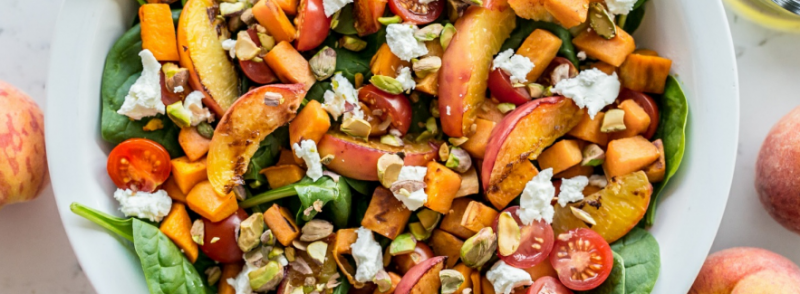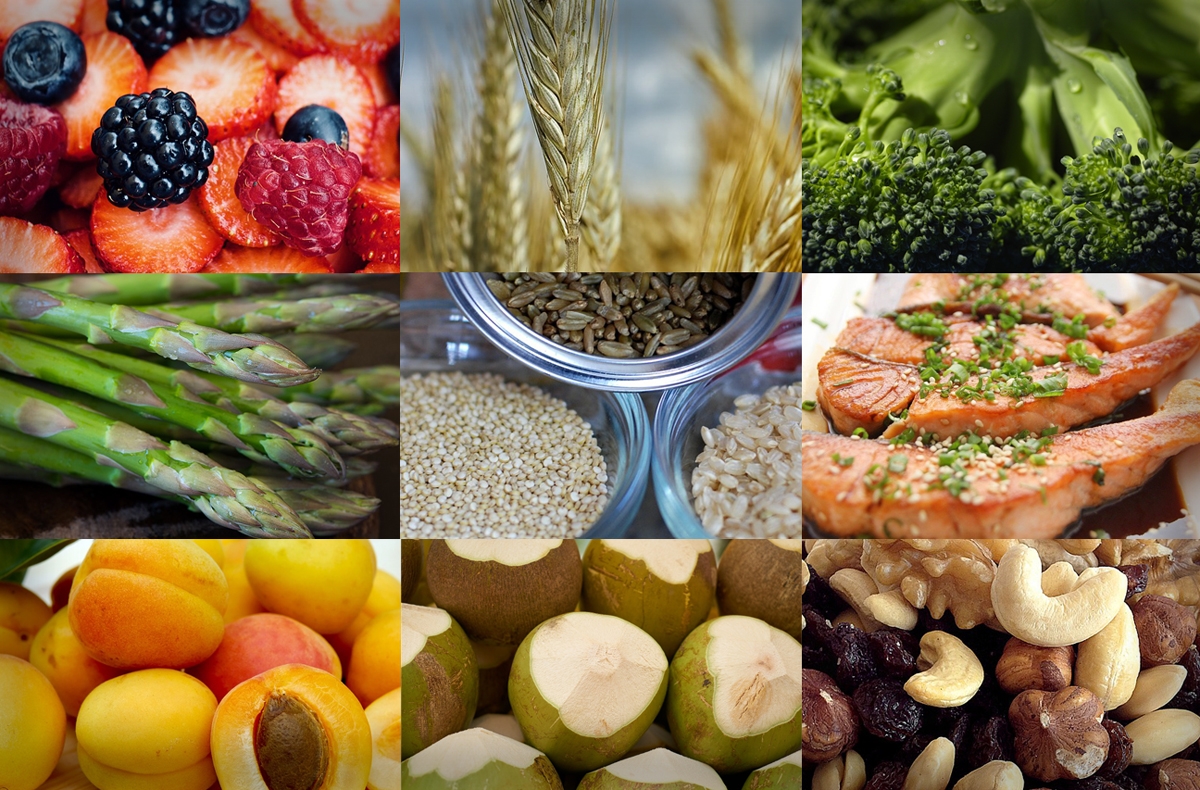
Understanding Insulin Resistance
Insulin is often referred to as the fat hormone. Eating, for our early ancestors, was not necessarily a daily occurrence as such their bodies had to store energy as fat to sustain themselves during periods where food was scarce. Insulin acts like a key that allows the energy from food to enter the body’s cells.
Every time we eat our bodies produce insulin. So, by eating three daily meals, the body should have enough energy and reserves from the food we have eaten. In between meals the insulin also acts as a regulator that will break down any accumulated reserves into energy when it is needed. This process allows us to maintain a healthy body weight.
However, if you are someone who often snacks through the day or enjoys processed foods and/or sodas, the demand on our body to make more insulin is greatly increased, as these foods have a high sugar content.
In other words, the cells will require more insulin to carry out the same process of converting sugar to energy. The issue with this is that at some point for most, the excess sugar from the snacking stresses the body to the point that the cells can no longer absorb the excess sugar. This leaves our body with converting this excess sugar into fat, and the accumulated excess insulin which is referred to as “insulin resistance”.
Insulin resistance is known to lead to type 2 diabetes with other potential health issues such as high blood pressure, obesity and liver disease.
Frozen foods, fast food, general convenience foods, sauces and artificial sweeteners are loaded with sugar, as a result, we may find ourselves sometimes eating more than we really need. When we eat a meal of vegetables, proteins and grains – the grains and vegetables are broken down into carbohydrates and only then into glucose. The benefit to us is that we are not overwhelming the cells all at once as the carbohydrates from vegetables and grains are also known as complex carbohydrates, as the body needs more time to break them down into glucose, and so this keeps you feeling fuller for longer.
The carbohydrates from fast foods and convenience foods are known as simple carbohydrates, as the body can absorb this energy quickly, but you will also feel hungrier sooner.
There are, however, some simple changes that you can make to help the regulating of your insulin. Start by reducing your intake of refined foods, sodas and balance this by eating more vegetables and whole grains – this will help reduce those cravings for simple carbohydrates. An additional benefit is that you will also provide your body with vital vitamins and nutrients.

Exercise is also a great insulin regulator as you are now burning some of the excess simple carbohydrates and as such reducing the stress on your cells which ultimately reduces the production of excess fat. This peach and sweet potato salad is one of my favourite recipes that will help to keep the munchies at bay in between meals, keeping you fuller for longer. Drinking water is also a great trick to avoid snacking.
I often find that for these changes to be successful, it is generally better to do it gradually, for example setting attainable objectives, such as cooking three meals a week without using frozen or convenience foods, or by simply replacing a daily soda with a glass of water. Once these become habits, then making other changes becomes easier.
Send your nutrition questions to susan@susanalsembach.com







